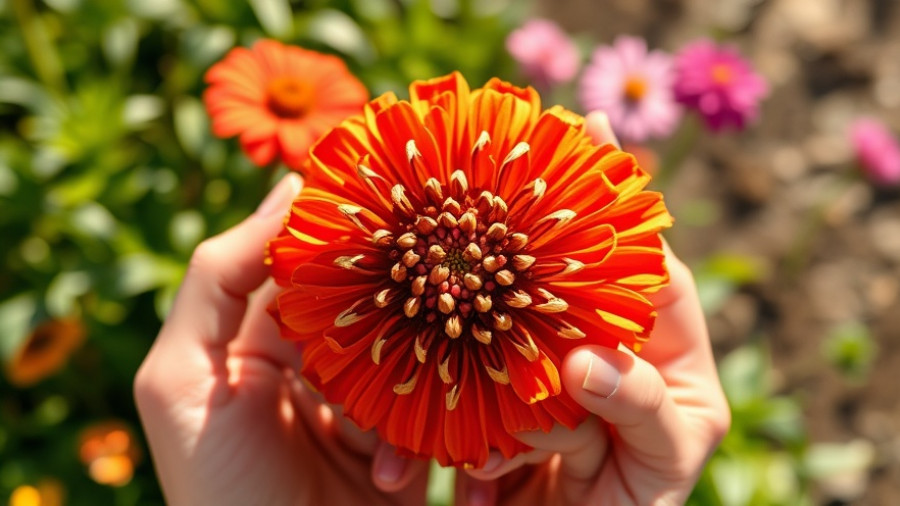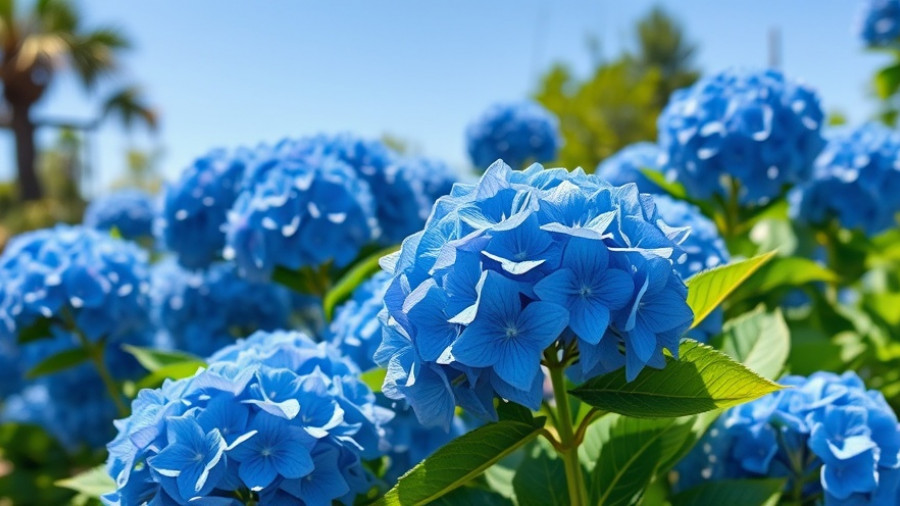
Transform Your Garden: Simple Ways to Boost Soil Quality
Improving your garden’s soil is one of the most rewarding tasks you can undertake as a gardening enthusiast. Not only does it create a thriving environment for your plants, but it also enhances the beauty of your outdoor space. Here are 11 easy methods to elevate the quality of your soil, making it lush and vibrant.
The Living Soil: Understanding What You’re Working With
Soil is far more than just dirt; it is a complex ecosystem teeming with life. It consists of earthworms, microbes, decaying organic matter, minerals, and much more. Understanding the make-up of your soil can guide your improvements. Ideally, loamy soil, a mix of clay, sand, and silt, is best for growing vegetables and herbs.
Fava Beans: Nature’s Soil Savior
Fava beans are not only delicious but also act as an excellent cover crop. They enrich your soil by fixing nitrogen, which improves its fertility. By planting these in your garden, you promote healthier soil that supports stronger plants.
Compost: The Gardener’s Best Friend
When it comes to soil improvement, compost reigns supreme. Combining carbon-rich and nitrogen-rich materials, it mimics the rich, organic layers found in natural forests. When you add a couple of inches of compost to your garden each spring and fall, you enhance soil structure, moisture retention, and nutrient availability.
Mulch for Protection and Resilience
Mulching is a game-changer in protecting your soil. Not only does it prevent evaporation, but it also inhibits weed growth and pests. Organic mulches like wood chips, straw, or leaf mold can create a protective barrier around your plants, ensuring they have the ideal environment to thrive.
Utilizing Diverse Mulch Materials for Optimal Benefits
Choosing the right mulch can enhance soil quality significantly. Utilize various materials based on your specific garden needs. For woody shrubs, wood-based mulches work well, whereas softer materials like straw may suit garden beds.
Understanding Your Specific Soil Type
Not all soil is created equal. Whether you have sandy soil, clay, or loamy types, knowing your soil’s unique characteristics allows for targeted improvements. Each type requires different strategies to achieve the beautiful garden you envision.
Enhancing Soil with Organic Amendments
In addition to composting, adding organic amendments like well-rotted manure can further boost the nutrient quality of your soil. These materials break down slowly, releasing nutrients over time and improving the structure and fertility of your garden beds.
Rotating Crops for Healthier Soil
Crop rotation is vital for maintaining soil health. This method prevents pest and disease build-up and enhances nutrient cycling. By simply changing the location of your crops each season, you optimize nutrient uptake and soil quality for future plantings.
Engagement with Nature Through Gardening
Ultimately, gardening connects us to the earth. As you work to improve soil quality, take moments to appreciate nature’s wonders, whether it’s the intricate patterns of worms in the earth or the scents of fresh compost. Enhancing your landscape changes more than just the soil; it changes your relationship with your environment.
Wrap-Up and Get Started!
Incorporating these tips not only improves soil quality but transforms your entire gardening experience. Each method reinforces a sustainable cycle that nourishes your plants and the earth. So grab those tools, dive into those amendments, and watch your garden flourish! For further tips on enhancing your outdoor space, consider exploring backyard makeover ideas or eco-friendly yard care.
 Add Row
Add Row  Add
Add 




Write A Comment